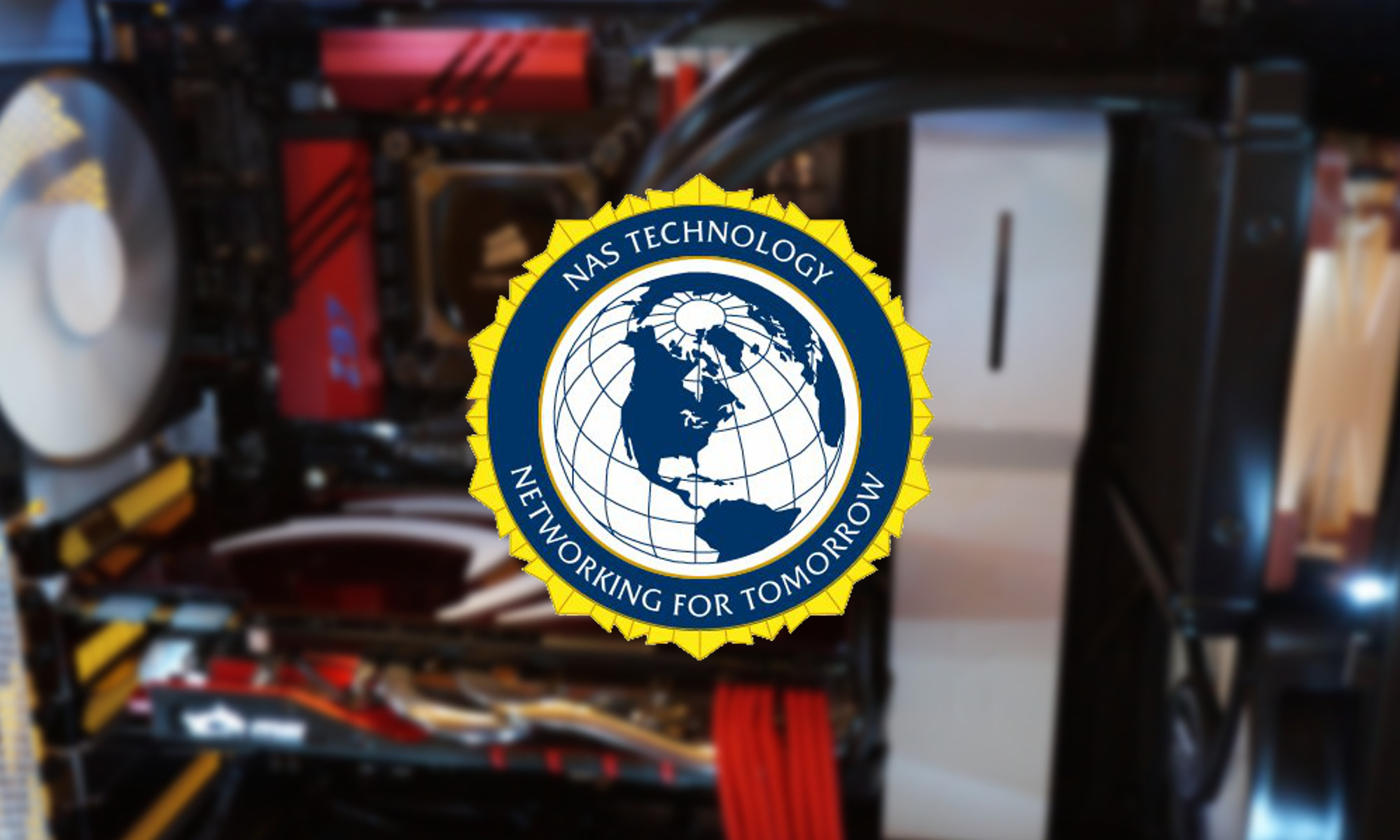Please use the following instructions to upload your individual matters to Clio.
1. Open Google Chrome and browse to http://drive.google.com
2. Search your Matter Number. Click the drop down ‘search options’ and check “Search ****.com”. Hit Enter or click the Blue search button.

Continue reading “Uploading Client Documents to Google Drive / Clio”
Using Google Drive instead of Email Attachments

There are many reasons you may want to use your Google Drive to send a file to a client or colleague. It is a secure way to send very large files easily. In this post, I will outline how to set up Google Drive on your computer to sync your files to the cloud and how to share those files.
Traditional email is like sending a postcard. Every stop along the way (called “hops” on the Internet) can read everything on that postcard / email. This includes the email attachments. There are a few ways around this. You could ZIP encrypt your email attachment, but then a passphrase key must be exchanged separately. You could use PGP encryption for email, but that requires additional setup and configuration on both the sender and receiver’s end. Continue reading “Using Google Drive instead of Email Attachments”
Syncing Clio Files to your PC using “Add to My Drive”

You can use the “Add to My Drive” option in Google Drive web to automatically sync your Clio matter documents to your PC. First, you must install the Google Drive Sync for PC on your computer. Also, you need to update Google Drive web to “Experience the New Drive“. (Click the Settings gear and choose Experience the New Drive). All set? Ok, let’s go!
Continue reading “Syncing Clio Files to your PC using “Add to My Drive””
Internet Explorer Remote Code Execution Vulnerability
A zero day bug in Internet Explorer was found by FireEye research labs and released to the public on Saturday, 4/26/14. This virus does not have a super fancy name but is being actively exploited on the web: Microsoft Internet Explorer Remote Code Execution Vulnerability (CVE-2014-1776).
Heartbleed Aftermath
A security exploit was discovered on Monday, April 7th, 2014, that affects the entire Internet. This vulnerability, called Heartbleed, is a flaw in the security protocol used by websites called OpenSSL. This flaw is not specific to Mac or PC or iPhone or Android as it affects traffic between your device and the web. It is important to note that changing all of your passwords at this point is not wise. Changing a password on an affected site that has not been updated to a patched version of OpenSSL could potentially lead to both the old and new passwords being exploited.
Mashable has put together a list of some top websites that were known to be affected AND have patched their site. These are the sites that you should change your password RIGHT NOW. The highlights of this list include: Continue reading “Heartbleed Aftermath”
Malware and Virus Removal
::UPDATED:: 4/17/14
The best post-infection removal success rate can be had by using a Rescue CD / USB. Here are three that are free:
Bitdefender RescueCD
Kaspersky Rescue Disc 10
Avast! 2014
note: Avast! requires a full installation on an unaffected machine to download and create the ISO file. Bitdefender and Kaspersky will let you download ISO files directly to burn to disc or create a bootable USB drive. In addition, Bitdefender comes with Team Viewer for Linux pre-installed to allow easy remote desktop sharing for support.
Business Protection
The best real time protection for your business is the one that gives you a complete overview of your company network health, this is what the experts call business automation. I have found these two products to be the best in terms of features and confidently recommend Webroot Secure Anywhere for their great support. Bitdefender does get the highest marks in online A/V tests. However, I have found their tech support completely underwhelming, often taking days to respond to phone calls.
Webroot Secure Anywhere Endpoint Protection for Business
Bitdefender Cloud
The following is a round-up of many available free antivirus programs and malware removal tools.
Protected: Citrix VDI-in-a-Box for M|G Office
Preventing Computer Disasters
“An ounce of prevention is worth a pound of cure” -Benjamin Franklin
This old saying holds just as true in today’s modern world of electronics. This short post will deal with a few simple steps to make sure your computer and your data are secure from disaster. First, we will focus on making sure software is secure and up to date. Second, I will discuss free antivirus and antimalware real time protection software. Third, I will rehash some best practices regarding passwords. Finally, I will try to drive home the security hole of Java.
Keep Software Up-To-Date
Stop using Windows XP. Period. Technically, you still have one year of critical security updates left. Microsoft will officially stop supporting Windows XP in April of 2014, a full TWELVE years after its original release. But why wait until then? Get your data backed up and either install a free operating system such as Ubuntu, install a paid upgrade of Windows 8 or 7 ($199), or purchase a new computer running Windows 8 for well south of $500. Preventing a security breach and stolen identity is worth far more than the pain of a new computer system.
ENABLE WINDOWS UPDATE. Control PanelSystem and SecurityWindows Update – First, change the default setting of updates to also install updates for all Microsoft software (not just Windows i.e. MS Office). Once this is changed, the Windows Update window will read “You Receive Updates: For Windows and Other Products from Microsoft Update”.
Now click “Change Settings” in the left panel or go to Control PanelSystem and SecurityWindows UpdateChange settings & Choose “Install Updates Automatically“. Also, Laptop users might want to change the update frequency to “Check for Updates, but let me choose when to download and install them.” This is especially true if you are using a metered 4G cellular connection. If you do this, you MUST be sure to keep an eye out for the Windows System Update icon next to the System Clock. Speaking of which…
Enable “Always show all icons and notifications on the taskbar“. Control PanelAll Control Panel ItemsNotification Area Icons. Check box for “Always Show”. Taskbar icons are typically where applications will nag you to update them. Do not ignore these icons. Certain running programs minimize to this area as well, such as antivirus, sound settings, network settings, dropbox, boxcryptor, etc. Get to know what should be there when everything is up to date and notice when something changes.
Last – use an automated software updater program. Microsoft Windows Updates are wonderful at updating security fixes for the Operating System, Word, and Excel, but what about all those security updates to Java, Adobe, Firefox, etc? Secunia software has a FREE application called Personal Software Inspector that can handle this automatically.
Continue reading “Preventing Computer Disasters”
Protecting Your Online Accounts
 In the past months, every online web service appears to be a target for hacking or just plain old fashion social engineering. LinkedIn passwords were hacked in June. Yahoo leaked online account information in July. Dropbox dropped the ball (again) in August. An Amazon & iCloud social hack devastated an online blogger after a hacker took control, reset his iPhone, wiped his iPad, formatted his MacBook, and locked him out of his Gmail and Twitter accounts!
In the past months, every online web service appears to be a target for hacking or just plain old fashion social engineering. LinkedIn passwords were hacked in June. Yahoo leaked online account information in July. Dropbox dropped the ball (again) in August. An Amazon & iCloud social hack devastated an online blogger after a hacker took control, reset his iPhone, wiped his iPad, formatted his MacBook, and locked him out of his Gmail and Twitter accounts!
What we have learned is three fold:
- Never use the same password twice!
- Use “disposable” Credit Card numbers; or at the least, do not use the same credit card for Amazon as Apple.
- Always use Two Factor Authentication when available! Continue reading “Protecting Your Online Accounts”
AOL Postmaster Delivery to the following recipients has been delayed
 Hopefully these links will continue to work, unlike previous email link:
Hopefully these links will continue to work, unlike previous email link:
The Whitelist Request form can be found at:
Reporting-MTA: dns;YOURDOMAIN.com Final-Recipient: rfc822;ANYONE@aol.com Action: delayed Status: 4.4.7
Will-Retry-Until: Thu, 19 Apr 2012 15:13:46 -0400
FYI Continue reading “AOL Postmaster Delivery to the following recipients has been delayed”
Continue reading “AOL Postmaster Delivery to the following recipients has been delayed”
